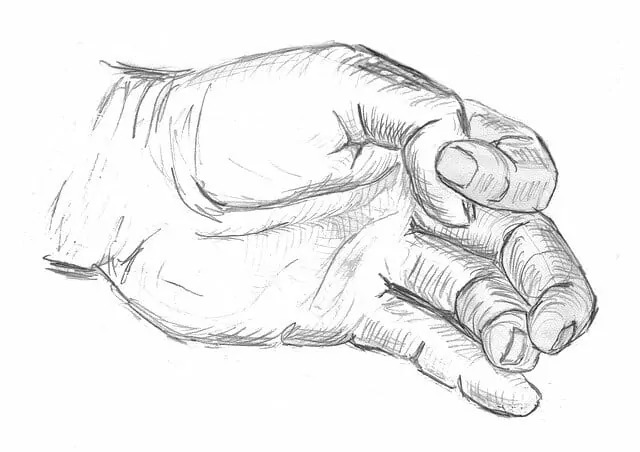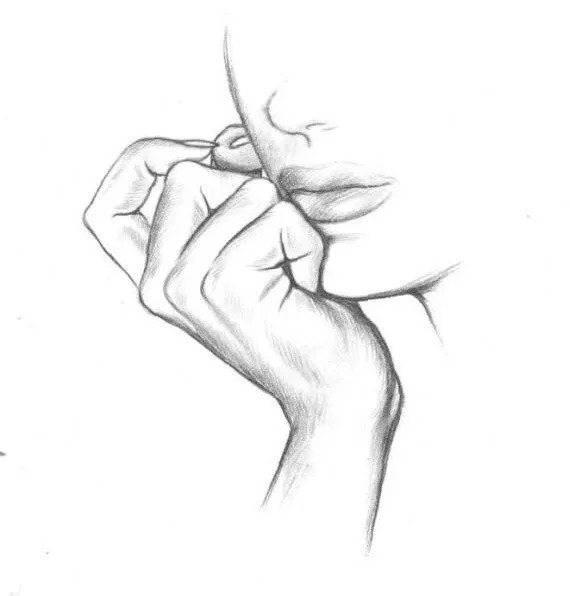Sketch Content
Five steps to learn to draw a small exercise of zero-based sketching
This section contains:
Warbler , eagle, dog, horse, lion, catfish, crab
It's super easy, you just need to practice more
A black-capped warbler

Birds rarely stay still, so this piece was done from a photograph.

1. Roughly outline the bird's appearance. The black-capped warbler is slightly smaller than the sparrow.
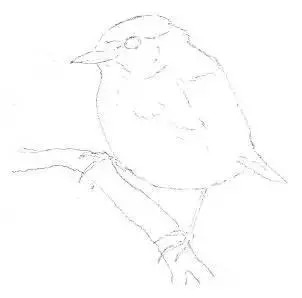
2. Carefully sketch the bird, paying attention to detail at this point. Its legs are only slightly wider than the pencil line, contrasting with its rounded body and head.
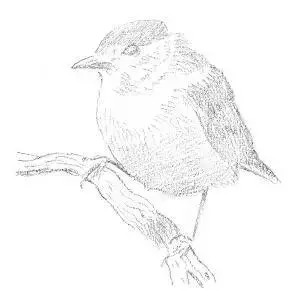
3. Lightly paint the main tones, including the branch where the Blackcap Warbler is perched.
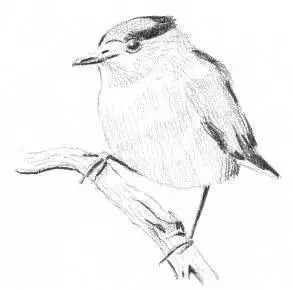
4. Paint all the dark tones, including the black markings on the blackcap's head, which is where its name comes from.
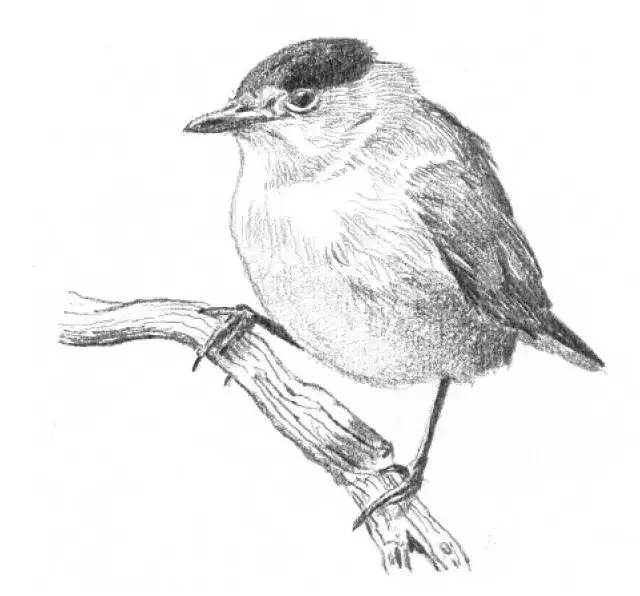
5. Carefully paint the blackcap to make its feathered body and legs with special skin more realistic. When painting this step, I found that the black cap on the blackcap's head was too light in the middle, so I darkened the tone.
An eagle

Even if you are just copying a photograph, try to give the impression that the eagle is flying. Draw the hatching in the same direction as the eagle is flying, which will help give the impression that the eagle is soaring.
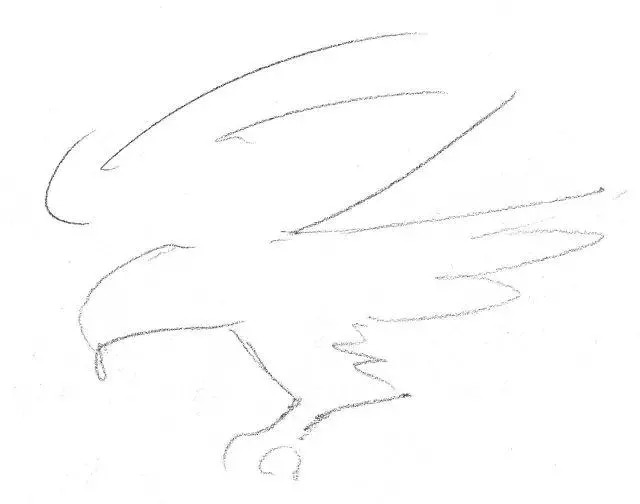
1. Sketch the outline of the eagle roughly, showing its size and shape. When you begin drawing, try to show the soaring wings and the dynamic position of the eagle.
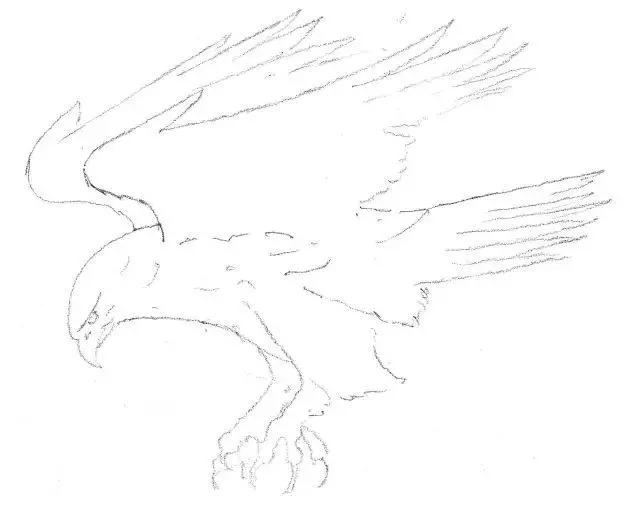
2. Draw the main outline of the eagle more accurately, including its claws.
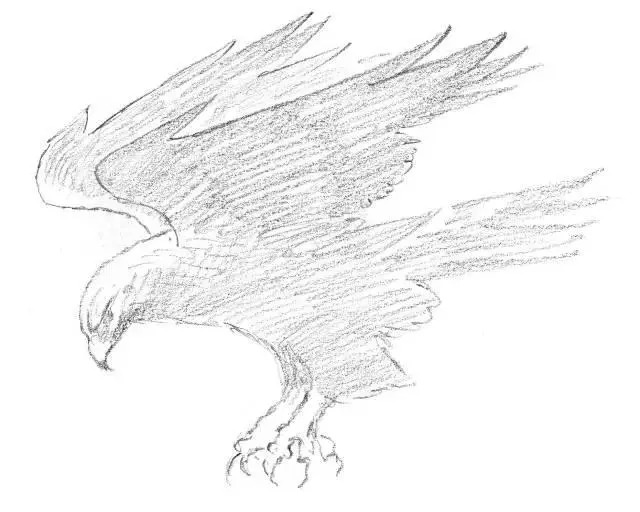
3. Lightly paint the hue in all tonal parts.
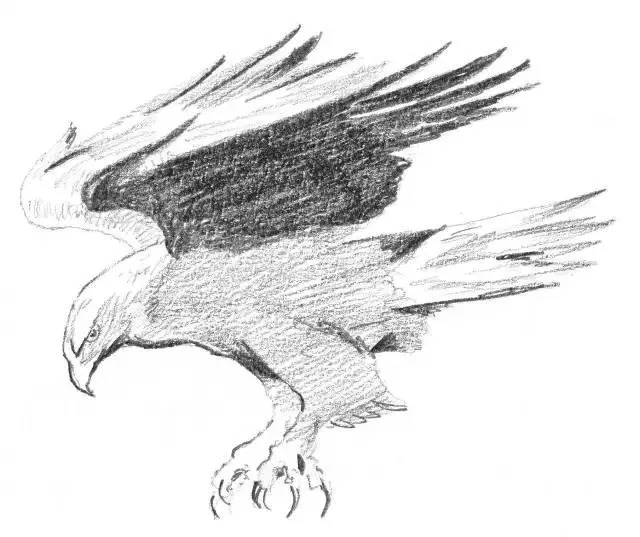
4. Draw the darkest tones, which are mainly located at the bottom of the wings and body.
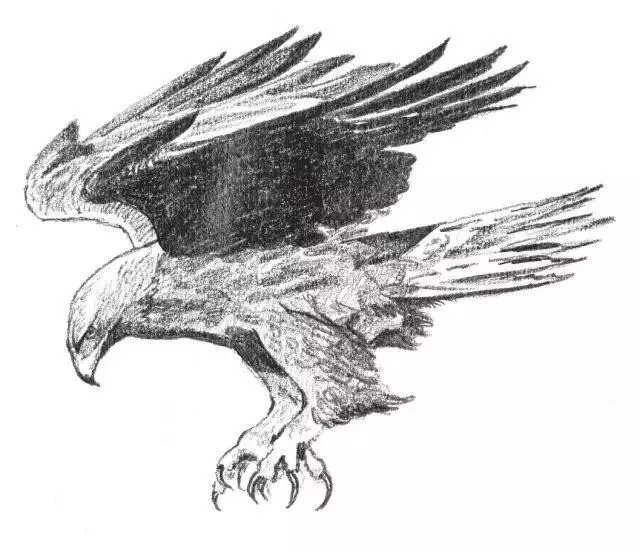
5. Draw the mid-tones to make the transition between light and dark natural, making the work more three-dimensional and realistic.
A dog

Copy the photo to create an attractive composition that fully expresses the dog's personality and attitude.
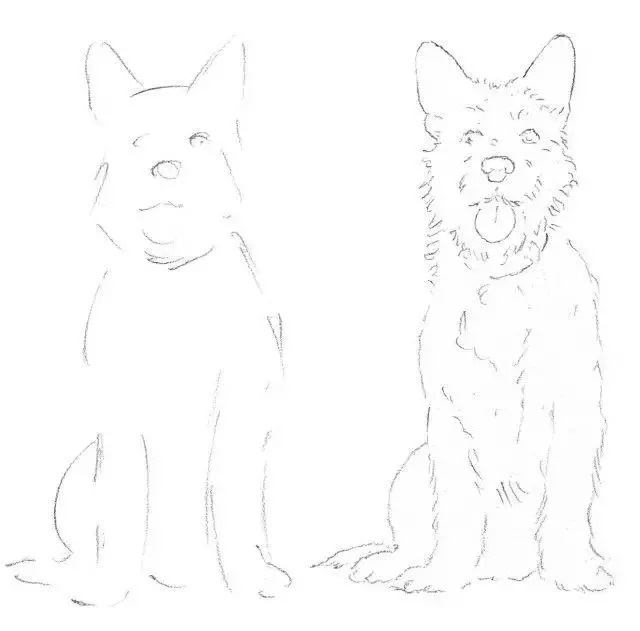
1. Lightly sketch the main outline of the dog. I drew from the photo so I had plenty of time to draw the dog's expression and the hanging tongue.
2. Depict more carefully to show the characteristics of dog as man's best friend.
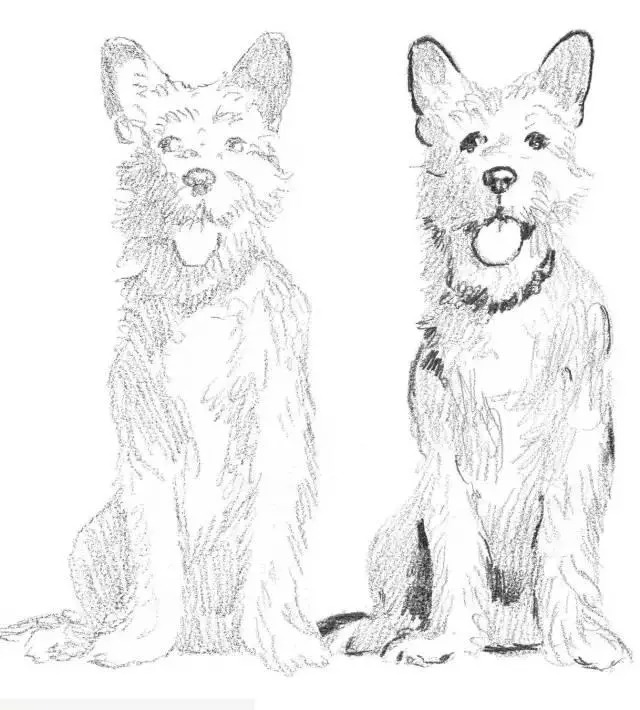
3. Lightly paint the shadows. Although the dog's fur is messy, there are still highlights.
4. Draw the darkest tones to define the dog's outline. The dog's fur is very light, so there are not many darkest tones.

5. Draw the entire picture, including the dog's fur, bright eyes and nose. When drawing the texture of the fur, the direction of the pencil should be consistent with the direction of the hair growth, which are all in different directions.
A horse

Every horse is different in details like body structure and size, so you will need to look closely at the model you are depicting in order to draw the horse correctly.
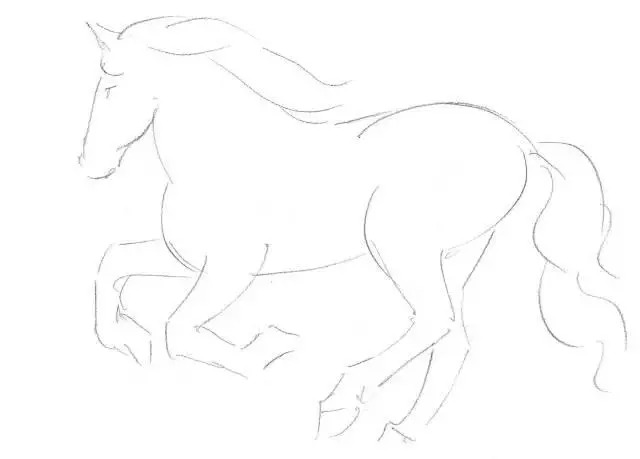
1. Sketch the main shape of the horse. It is difficult for us to depict a running horse, and this work was completed by copying a photo.
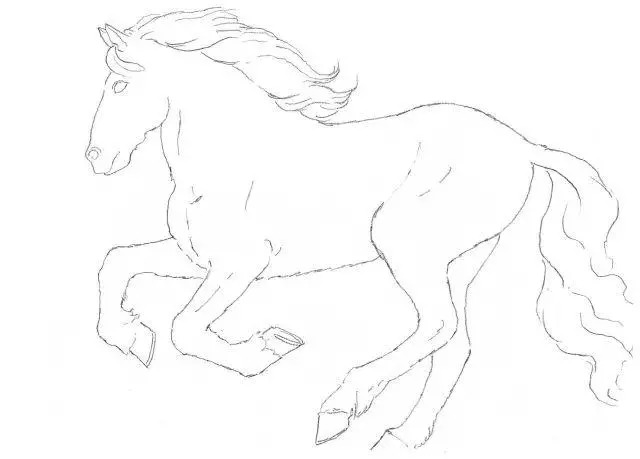
2. Carefully outline the horse's shape, including its body, legs, mane, and tail.
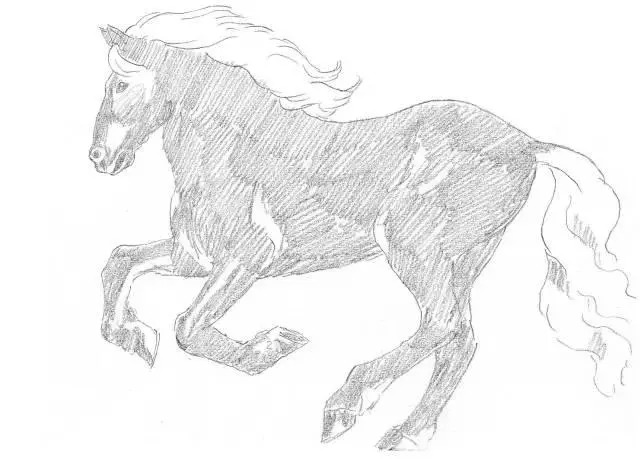
3. Draw in the tones to show the animal's solid body. Pay special attention to the highlights around the eyes and mouth, which determine the realism of the horse's head.
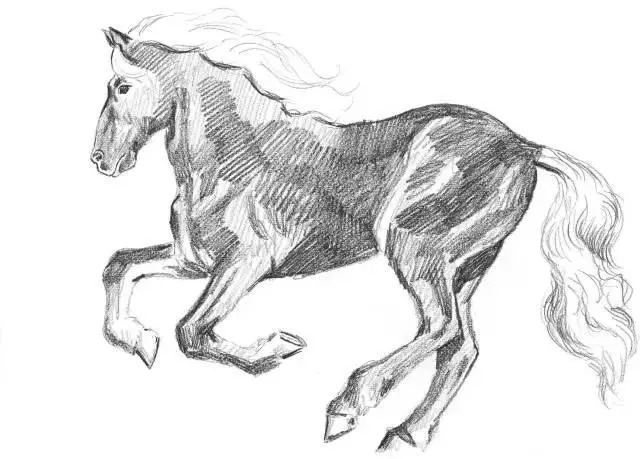
4. Darken the tones, especially under the belly and between the front legs. You may have noticed that the back right hoof has extended beyond the edge of the paper. This will happen if you draw the horse larger than the paper.
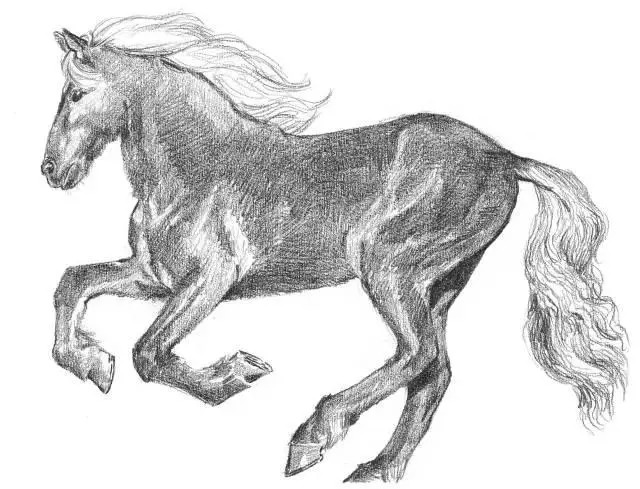
5. Carefully outline the entire horse to make it more vivid and realistic, blending the pencil marks to make the horse's hair look smoother, except for the mane and tail.
A lion

If you want to go to a zoo and draw a lion, you need to be lucky enough to find a lion that is almost motionless. You can take a photo and use it as a reference when you draw it later.
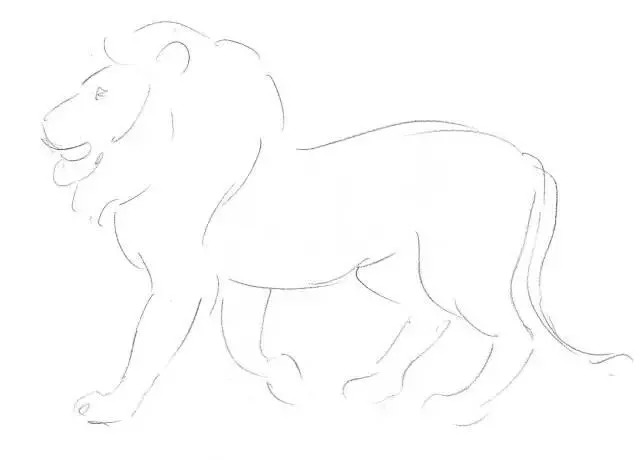
1. Sketch the lion's outline. Copying a photo is obviously the easiest way to depict a lion. Please observe the lion's kingly demeanor carefully and express it in your work.
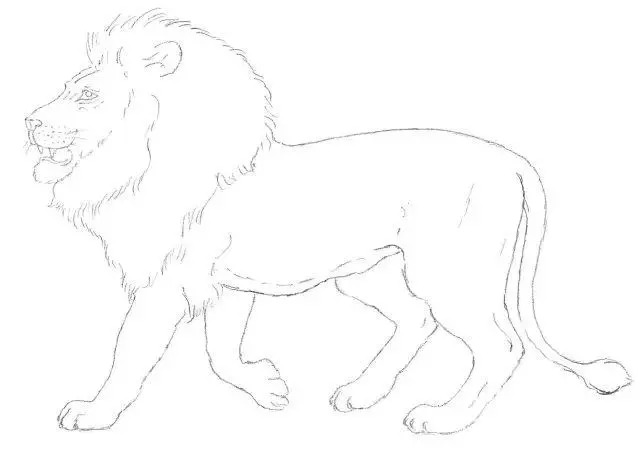
2. Draw the outline of the lion accurately. At this point, the lion's features such as whiskers and teeth have been shown .
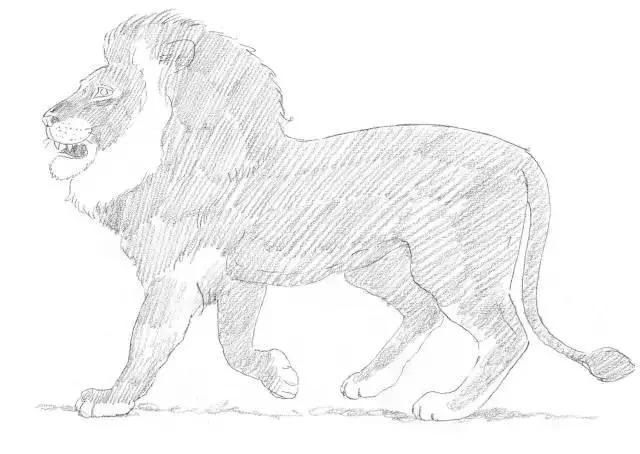
3. Paint light tones in all the shadow areas to begin to show the lion's strong body.

4. Paint the darkest tones, including the texture details of the mane, to show the thick and long hair.
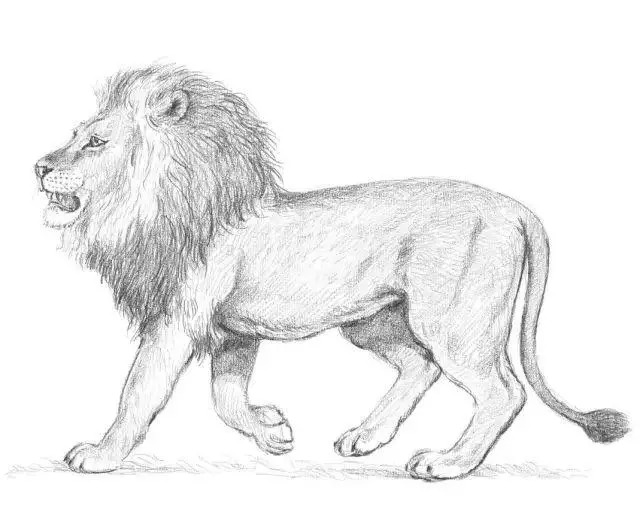
5. Paint the entire composition, blending the mid-tones, until the composition looks vivid and realistic.
A catfish

Place the fish on a large plate or flat surface so you can see it more clearly. You can also draw a picture of the fish in the aquarium or copy a photo.
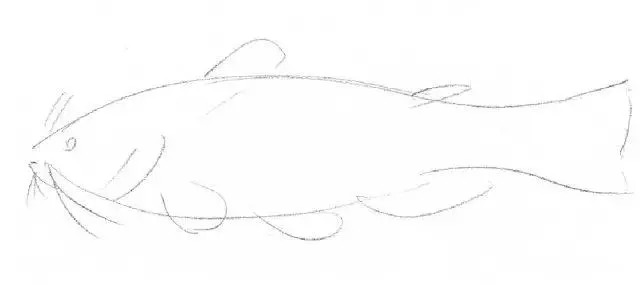
1. Sketch the outline of the catfish. Sketching the outline of the catfish is relatively simple.
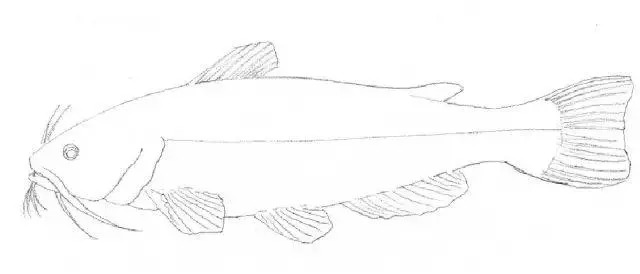
2. Outline the catfish more carefully and accurately, showing all the details.
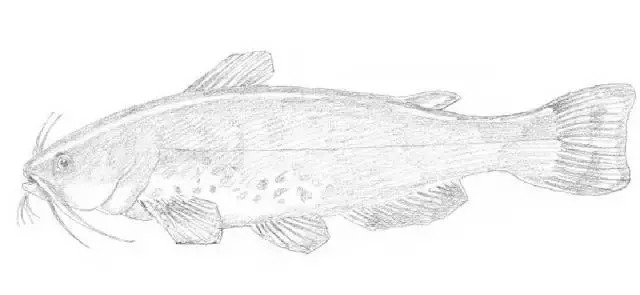
3. Paint light tones over the entire catfish's body, leaving only the highlights that will show off the catfish's shiny skin.
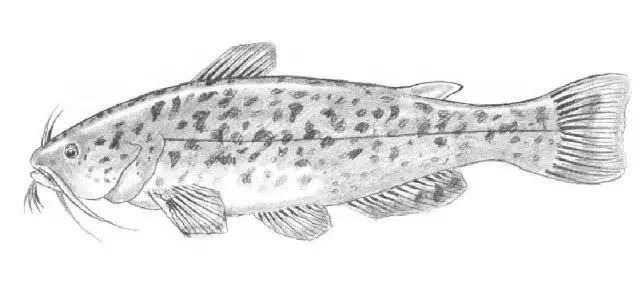
4. Draw the darkest tones to further depict the catfish. These darkest tones are mainly the patterns on the catfish's skin.

5. Paint the midtones to make the catfish look more refined. To add shine to the fish skin, paint and blend the soft parts of the shadows.
A crab

The best way to study crabs is to buy one so you can see the texture of the crab's surface.
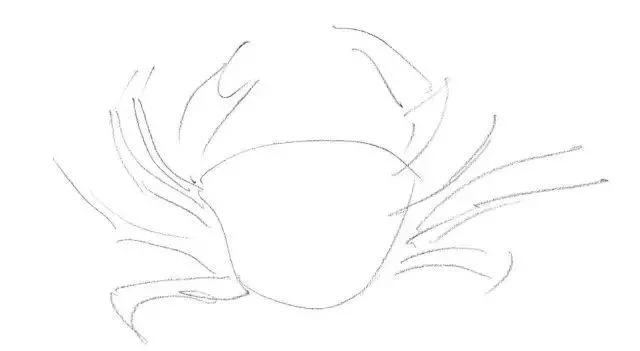
1. Roughly outline the crab. Pay attention to the angle of the crab claws and legs, as well as the proportions with the crab body.
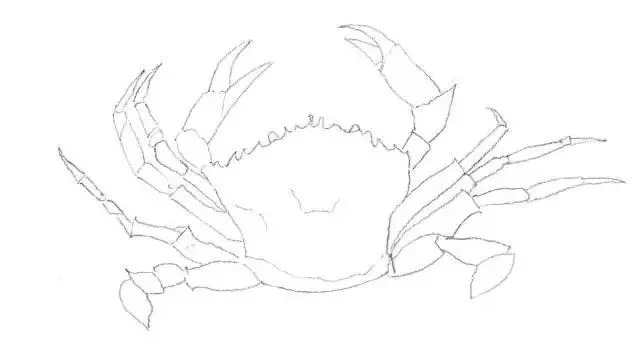
2. Draw the outline of the crab. In this step, you should accurately draw the shape of the crab, including the unique joints of the crab's legs.
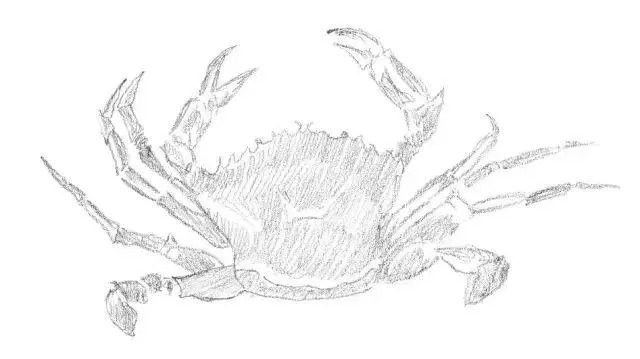
3. Paint in lighter tones to make the crab more three-dimensional while retaining the highlights.
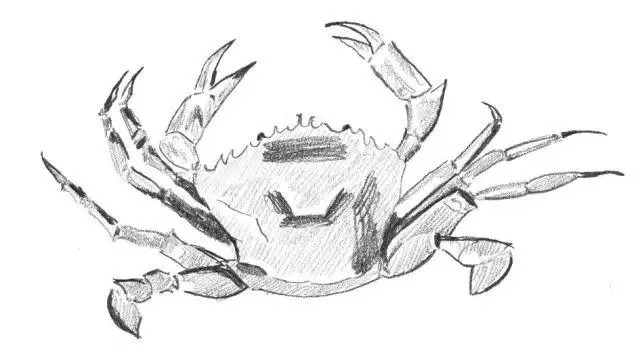
4. Paint the darkest tones. These tones will highlight the tips of the crab legs and powerful claws.

5. Paint the entire crab, blending in the mid-tones until you’re satisfied.
